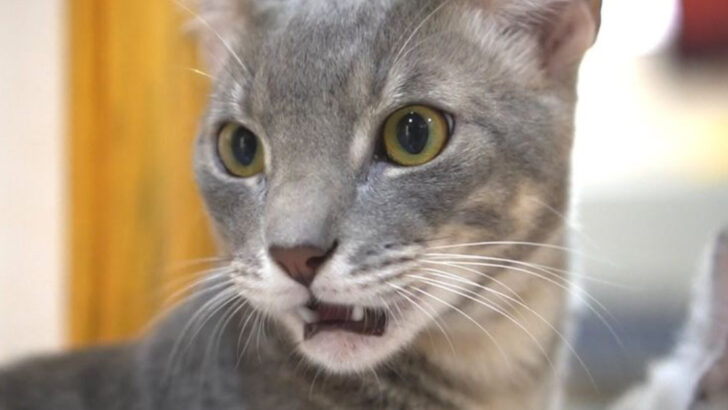It’s the face that says, “What did I just smell?” Mouth open, lip curled, eyes frozen—your cat isn’t judging your cooking. It’s doing science. Feline science. That bizarre, meme-worthy expression has a name: the Flehmen response.
And while it might look hilarious, it’s actually your cat’s way of gathering secret scent data from the world around them. They’re not just sniffing—they’re analyzing like little furry chemists.
From decoding pheromones to navigating their territory, this behavior unlocks a whole world of communication you never knew was happening right under your nose.
This post unpacks ten curious facts about the Flehmen response and explains what’s really going on when your cat makes that unforgettable face.
Flehmen Response Explained
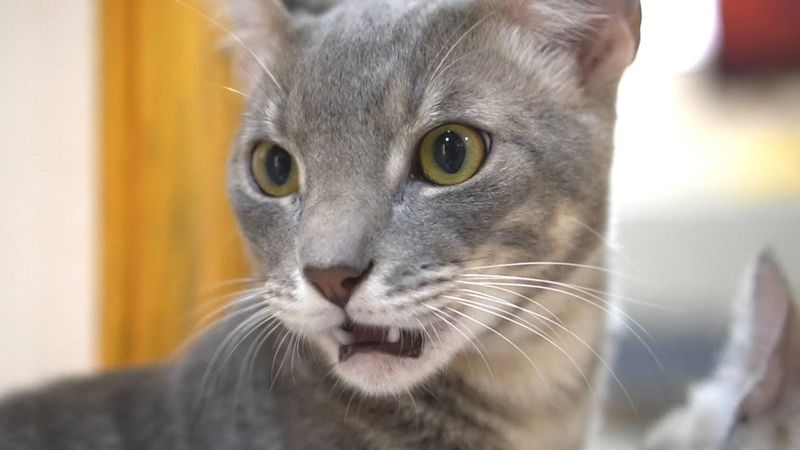
When cats curl their lips and open their mouths slightly, they’re not just making funny faces. This is the Flehmen response, a behavior that helps them detect pheromones.
By drawing air into a tiny organ in their mouth called the Jacobson’s organ, cats can analyze scents more intensely.
It’s like a second nose, enhancing their sense of smell. This reaction is particularly common when cats are exposed to unfamiliar or intriguing scents. Understanding this can help cat owners better appreciate their pets’ mysterious behaviors.
The Role of Jacobson’s Organ
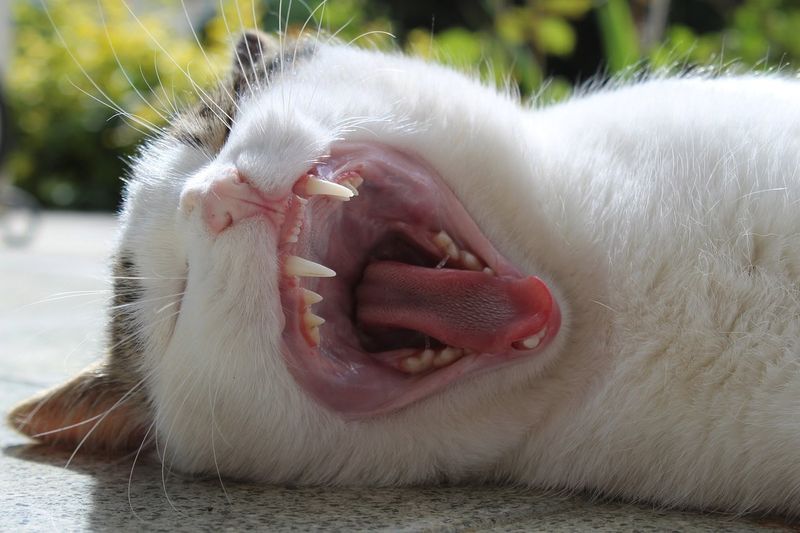
Cats possess a specialized organ called the Jacobson’s organ, located on the roof of their mouth. This organ plays a crucial role in processing complex odors. When a cat makes that distinctive face, it’s using this organ to scrutinize scents in detail.
The organ connects directly to the brain, providing cats with valuable information about their environment. This enhanced sensory perception allows them to detect pheromones from other animals, playing a vital role in communication and survival.
Scent Communication Among Cats
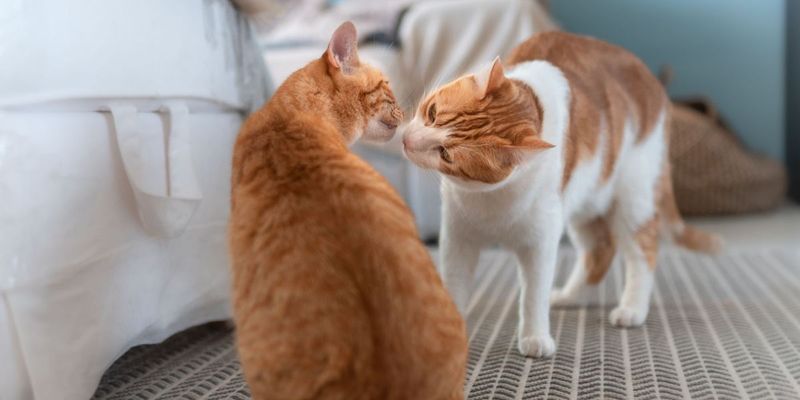
Cats rely heavily on scent for communication. When a cat makes the Flehmen face, it’s often deciphering pheromones left by other cats. These chemical signals convey messages about territory, mating readiness, and social status.
This behavior is a key part of how cats interact with each other and their surroundings. By analyzing scent marks, cats gather essential information, strengthening social bonds or even warding off potential rivals.
Comparison with Other Animals
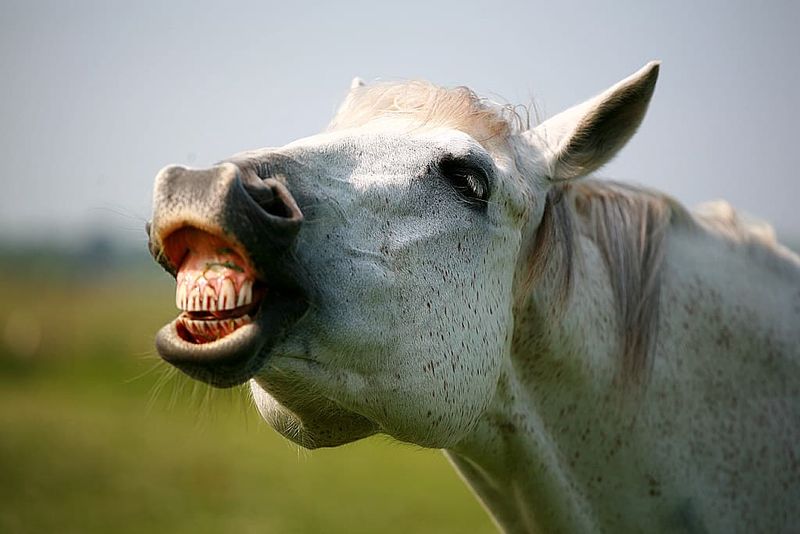
The Flehmen response isn’t exclusive to cats. Many animals, including horses and big cats, display this behavior. It serves a similar purpose across species, enhancing the ability to detect pheromones and other chemical cues.
This fascinating similarity highlights the evolutionary importance of scent analysis. Whether in the wild or domestic settings, this behavior plays an essential role in animal communication and survival, indicating its beneficial role across different environments.
The Mystery of Feline Behavior

Cats are known for their mysterious and often unpredictable behavior. The Flehmen response is just one example of how they interact with their world in unique ways.
This odd lip-curling action might seem amusing, but it serves a critical purpose in understanding their environment.
It’s a reminder of the complexity and depth of feline senses. By observing these behaviors, cat owners can gain insights into their pets’ curious nature and the sophisticated ways they perceive the world around them.
The Power of Scent Memory

Cats possess an extraordinary olfactory memory. Imagine your cat sniffing an old shoe. Suddenly, its expression shifts as it recalls a familiar scent from its past adventures. This memory can trigger a range of emotions, from curiosity to caution.
Unlike humans, cats rely heavily on scent to connect experiences. Their brain associates specific smells with past events, allowing them to navigate their environment efficiently.
This sharp memory aids in survival, helping them identify potential threats or friendly companions.
The Distinctive Cat Grin

The Flehmen response, often dubbed the ‘cat grin,’ is a unique behavior where cats curl their lips and open their mouth slightly. This isn’t just a funny face; it’s a mechanism to draw scents into the Jacobson’s organ.
This organ, located on the roof of their mouth, analyzes pheromones and other scents. Through this process, cats gain a deeper understanding of their environment. It’s their way of ‘tasting’ the air, gathering vital information about other animals and their surroundings.
Chemical Communication at Play
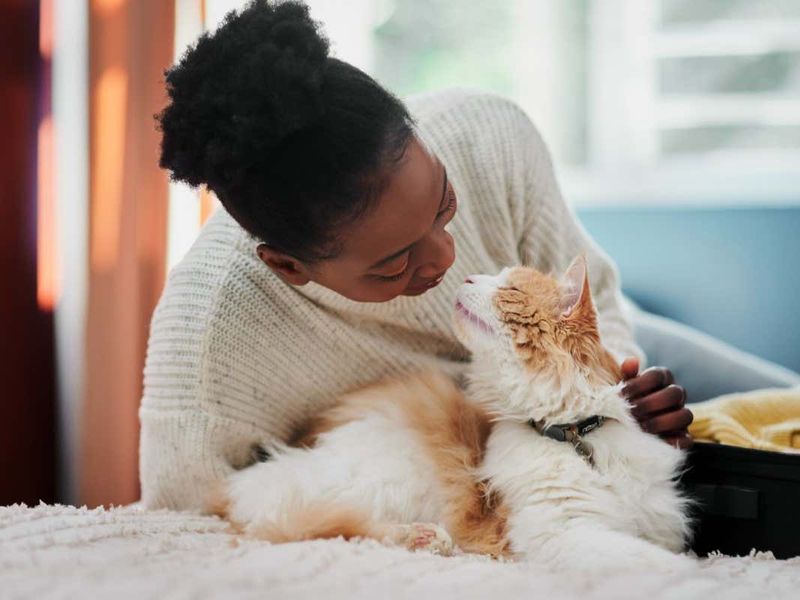
Cats are masters of chemical communication. Picture your cat rubbing its face against a chair leg. This action isn’t just for show; it’s a deliberate attempt to leave a scent mark. These markers serve as messages, communicating territory, mood, or reproductive status.
When other cats encounter these markers, they perform the Flehmen response to decode the scent’s message. This intricate form of communication helps maintain harmony and establish social hierarchies within the feline community.
Feline Curiosity Unveiled
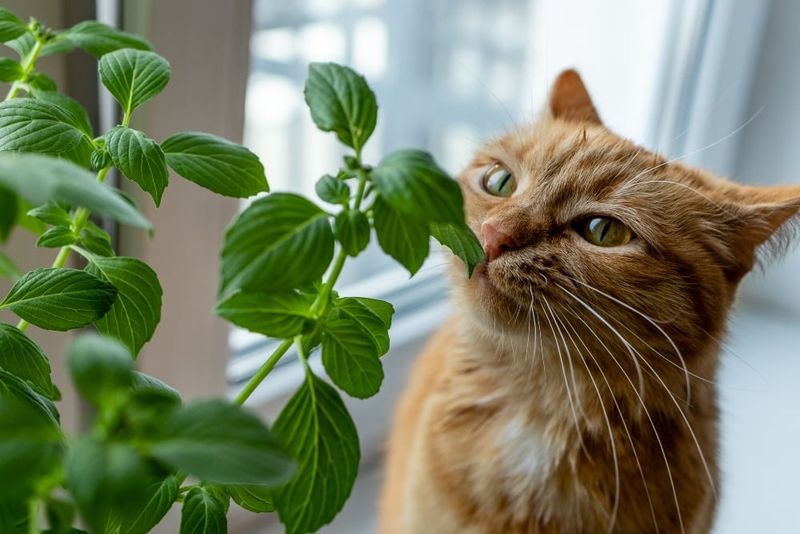
Ever notice your cat’s intense focus when sniffing something new? This curiosity is driven by an evolutionary need to understand their surroundings. A new scent is a puzzle begging to be solved.
Cats process scents to assess safety and potential interest. Their inquisitive nature ensures they remain aware of any changes in their territory, helping them adapt and survive in diverse environments. This behavior showcases their intelligence and evolutionary adaptability.
The Joy of Familiar Scents
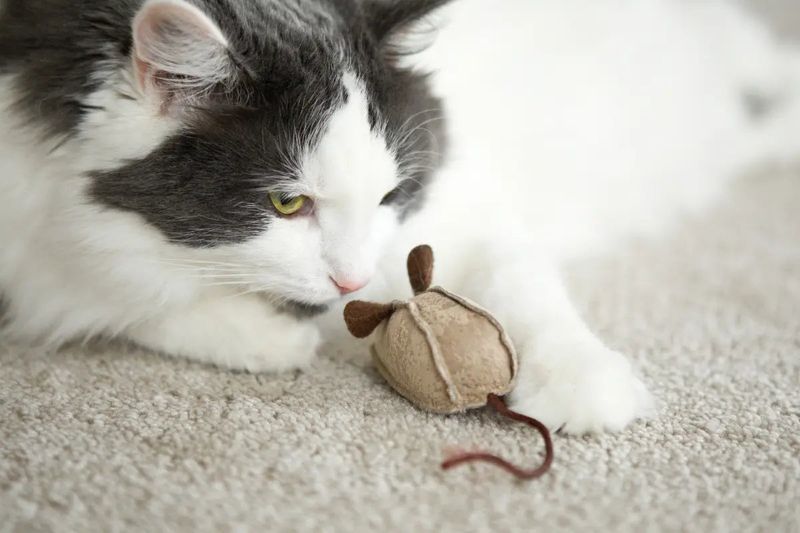
For cats, familiar scents provide comfort and security. Watching your feline friend nuzzle a favorite blanket is a heartwarming sight. This behavior demonstrates their attachment to familiar objects and environments.
In a world perceived primarily through their noses, these scents are akin to cherished memories. They evoke feelings of safety and warmth, reinforcing bonds with their human companions and their territory. It’s a testament to the emotional depth and complexity of feline behavior.

